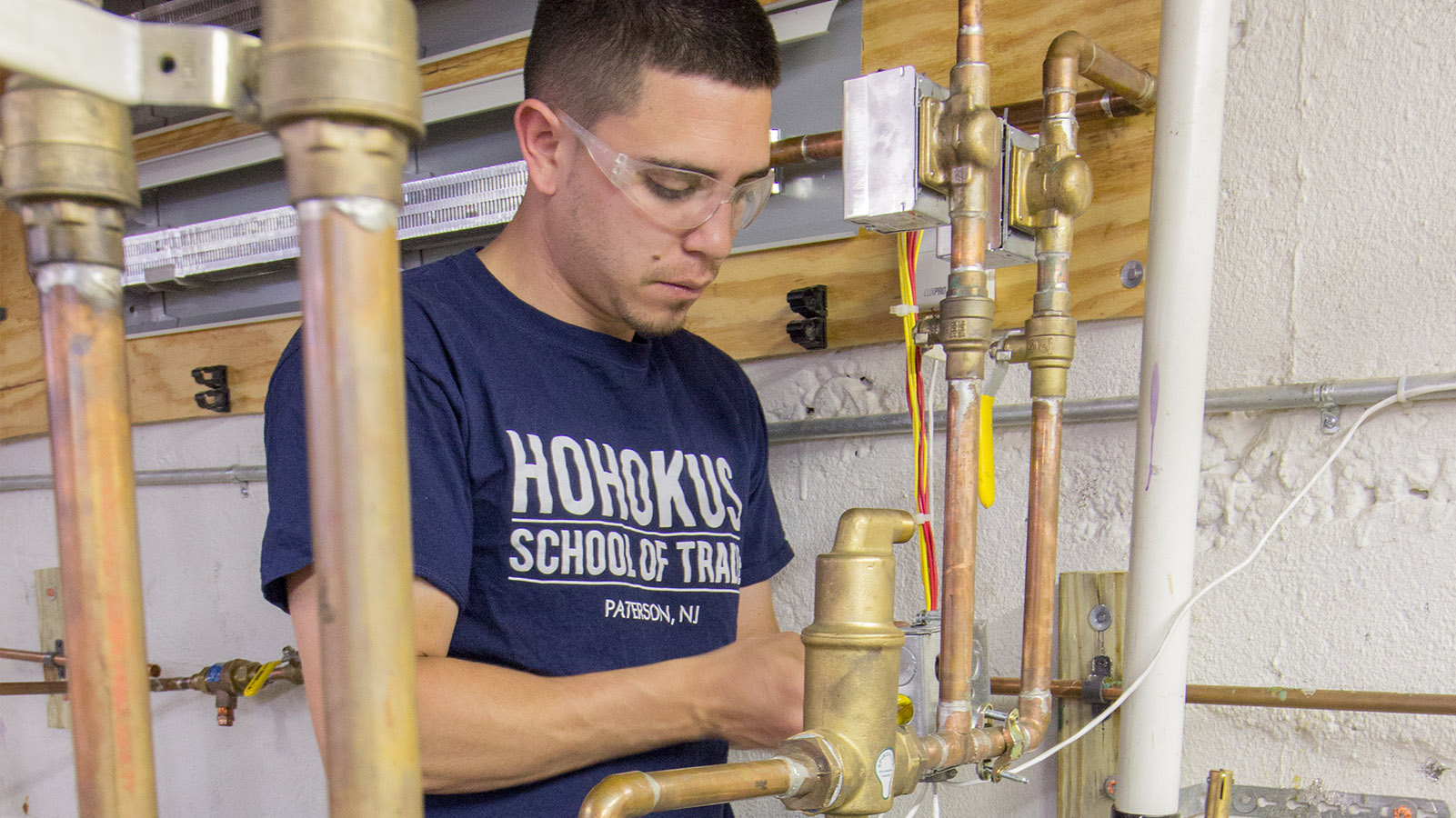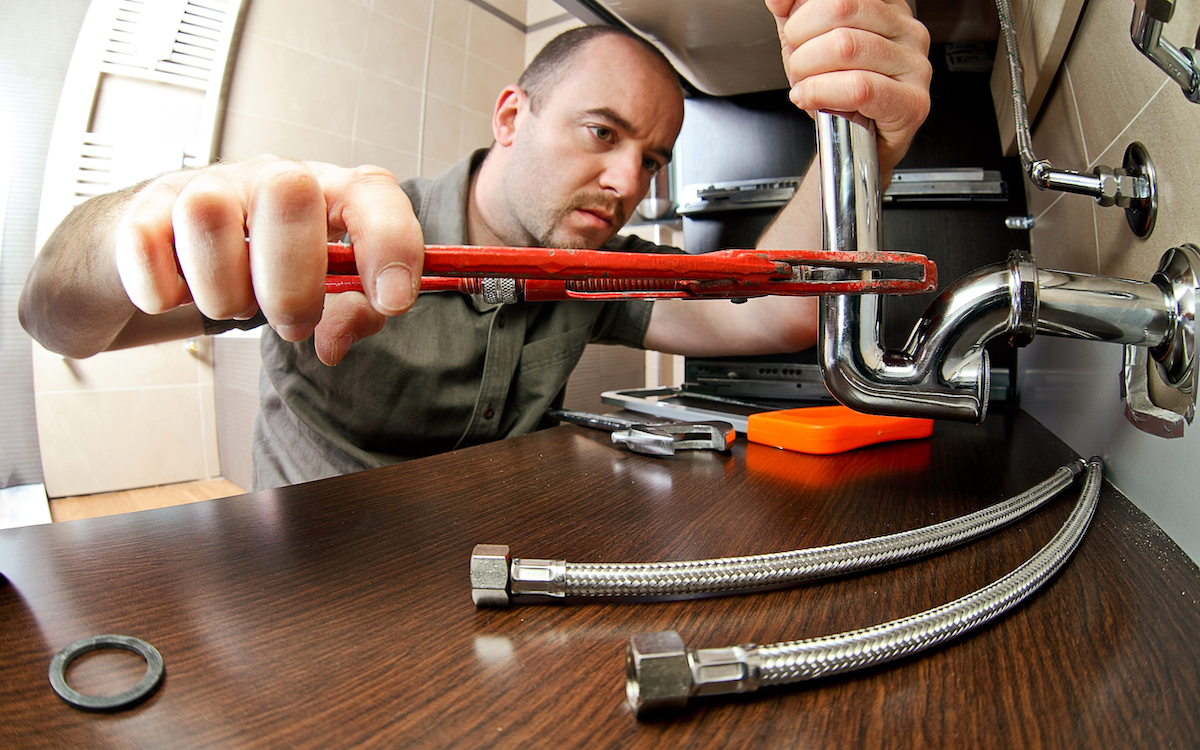Fast and Efficient Drain Cleaning Alabaster AL Services Available
Fast and Efficient Drain Cleaning Alabaster AL Services Available
Blog Article
A Step-by-Step Overview to Efficient Water Heating Unit Installment for Ideal Efficiency
Starting the job of installing a water heater is a venture that demands precision and an organized method for attaining optimal efficiency. The process begins with the vital decision of choosing the appropriate heating system tailored to the specific requirements of your family, thinking about factors such as energy, type, and size source. When picked, preparing the setup area to meet safety criteria is vital. Nevertheless, the journey does not finish here. As you continue, the intricacies of attaching water supply lines and setting up reliable electric or gas connections await, encouraging understandings into ensuring efficiency and reliability.
Picking the Right Hot Water Heater

Next, consider the dimension and ability of the water heating unit. It's essential to evaluate your family's hot water demands, which can vary based upon the number of owners and their use patterns. An unit that's also little might result in insufficient warm water, while a large version could result in unnecessary energy intake.
Effectiveness ratings additionally play a pivotal duty in option. Seek hot water heater with high Energy Factor (EF) ratings, suggesting exceptional performance and reduced energy usage. Tankless designs, though usually a lot more pricey ahead of time, offer considerable energy financial savings in time as a result of their on-demand heating abilities.
Preparing the Installation Area
Before setting up a new water heating system, meticulous prep work of the setup location is necessary. It's vital to gauge the room meticulously to fit the water heating unit's dimensions, making certain sufficient clearance around the unit for effective procedure and servicing.
Inspect the flooring for security, as the water heating system will certainly require a strong, degree surface area to run successfully. If necessary, mount a drip frying pan under the device to capture potential leaks or spills, protecting against water damage to the surrounding location.
Additionally, guarantee that all essential devices and products get on hand prior to beginning the installment. This consists of items such as wrenches, screwdrivers, a level, and any kind of added equipment needed for mounting and securing the heating system. A well-prepared setup location sets the foundation for an effective hot water heater setup, maximizing efficiency and safety and security.
Connecting Water System Lines
When attaching supply of water lines to your recently mounted water heating unit, it is essential to make certain that all connections are safe and leak-free to maintain effective procedure and avoid water damage. Begin by recognizing the hot and cold water lines. The cool water inlet is generally marked with a blue label or a "C", while the warm water electrical outlet is marked with a red label or an "H".
Use adaptable water heating system ports to facilitate a less complicated setup procedure. Prior to attaching the connectors, place anonymous a plumbing professional's tape around the threaded ends of the water heating system's inlet and outlet pipelines.
Once connections are in place, slowly activate the main water system shutoff. Examine each link for leakages by visually feeling and inspecting for moisture. Tighten connections as needed, and ensure the stress safety valve is correctly installed, safeguarding against extreme pressure accumulation.
Establishing Electrical or Gas Links
Appropriately setting up the electric or gas links for your hot water heater is a vital action to ensure safe and reliable operation. For electric water heaters, begin by validating that the electrical circuit works with the heater's voltage and amperage needs. Make certain the power supply is turned off at the circuit breaker to stop mishaps. Link the electric wires to the heating unit complying with the supplier's electrical wiring representation. Commonly, this entails linking the ground cable to the eco-friendly terminal, and the staying cables to their equivalent terminals, protecting each with cable nuts.
For gas water heating units, safety is extremely important. Link the gas line to the water heater using a flexible gas port, guaranteeing it is properly threaded and sealed with pipeline joint compound or Teflon have a peek at these guys tape appropriate for gas connections.
When connections are made, evaluate for any possible leakages. For gas lines, use a soapy water option to the joints; bubbles show a leakage. For electrical connections, confirm that all wiring is safe and secure and appropriately insulated, keeping conformity with local electric codes.
Evaluating and Readjusting for Effectiveness
With the electrical and gas links safely in position, the next action is assessing the functional efficiency of your hot water heater. Begin by thoroughly switching on the supply of water and making certain there are no leaks at any of the joints or shutoffs. When verified, proceed to fill up the storage tank, focusing on the stress and temperature setups. It is a good idea to establish the thermostat to a recommended temperature level of around 120 ° F(49 ° C) to stabilize power effectiveness and convenience.
Following, carry out a thorough examination to make certain the home heating aspects or burner are operating properly. For electric heaters, use a multimeter to verify if the elements are attracting the appropriate present. In gas models, observe the heater fire; it should click to investigate be blue and constant, indicating effective burning.
Change the settings as essential to remove inadequacies. Consider carrying out insulation measures, such as adding a hot water heater blanket, to even more boost efficiency by minimizing warm loss. In addition, inspect the anode rod's condition, as a deteriorated pole can reduce performance and lead to container rust.
Verdict
Effective water heating unit installation is essential for guaranteeing ideal performance and power savings. By picking the appropriate kind and dimension, and thoroughly preparing the installment location, a structure for success is developed. Securely connecting water system lines and very carefully setting up electric or gas links lessen potential issues. Complete screening for leakages and precise thermostat changes to 120 ° F boost reliability and effectiveness. Following these steps advertises long-lasting performance and energy preservation in property water heating unit.

Appropriately establishing up the electric or gas connections for your water heating system is a vital action to make sure risk-free and effective procedure. For electric water heating systems, start by validating that the electrical circuit is suitable with the heater's voltage and amperage demands. Link the gas line to the water heater using a flexible gas adapter, ensuring it is appropriately threaded and sealed with pipeline joint substance or Teflon tape ideal for gas links.
Report this page